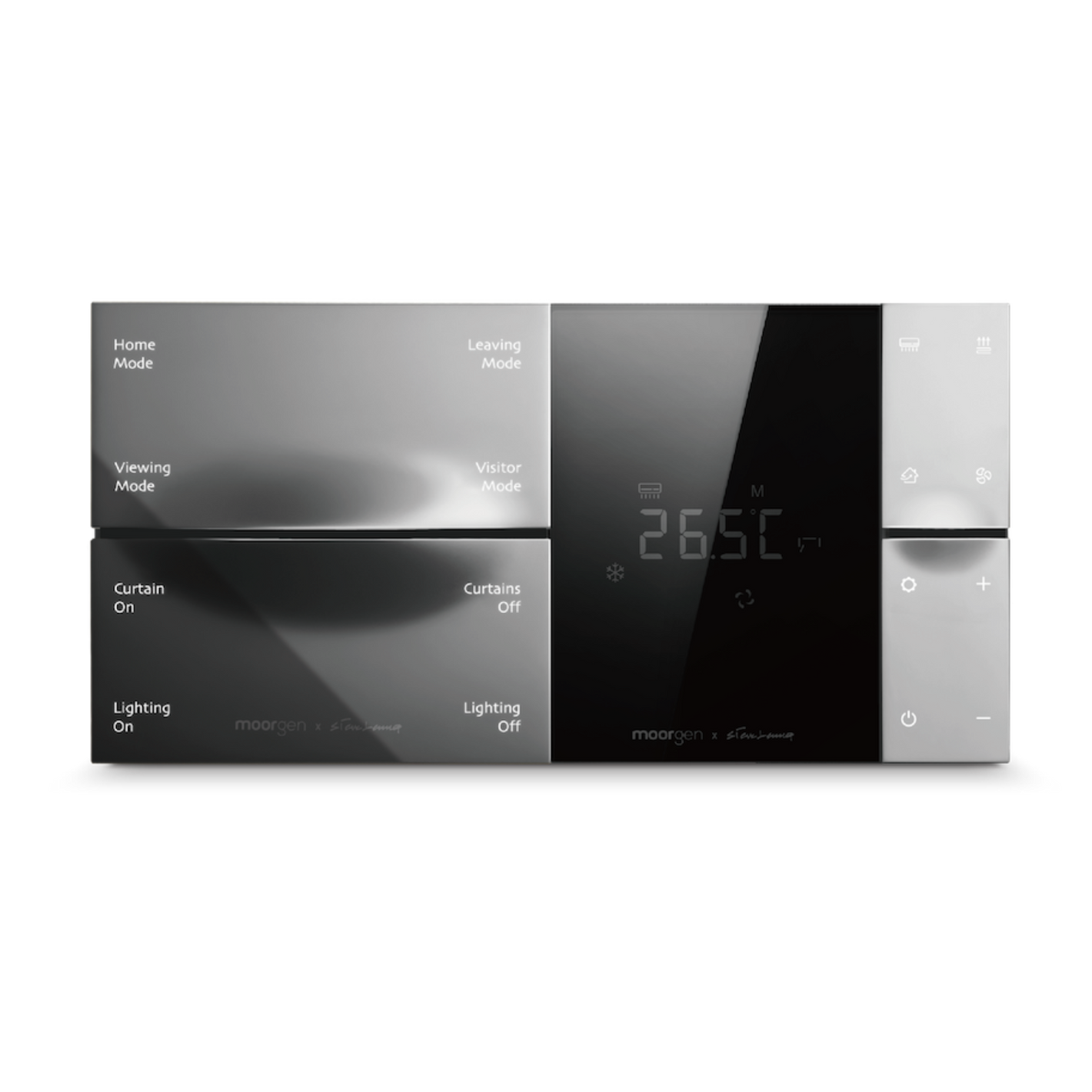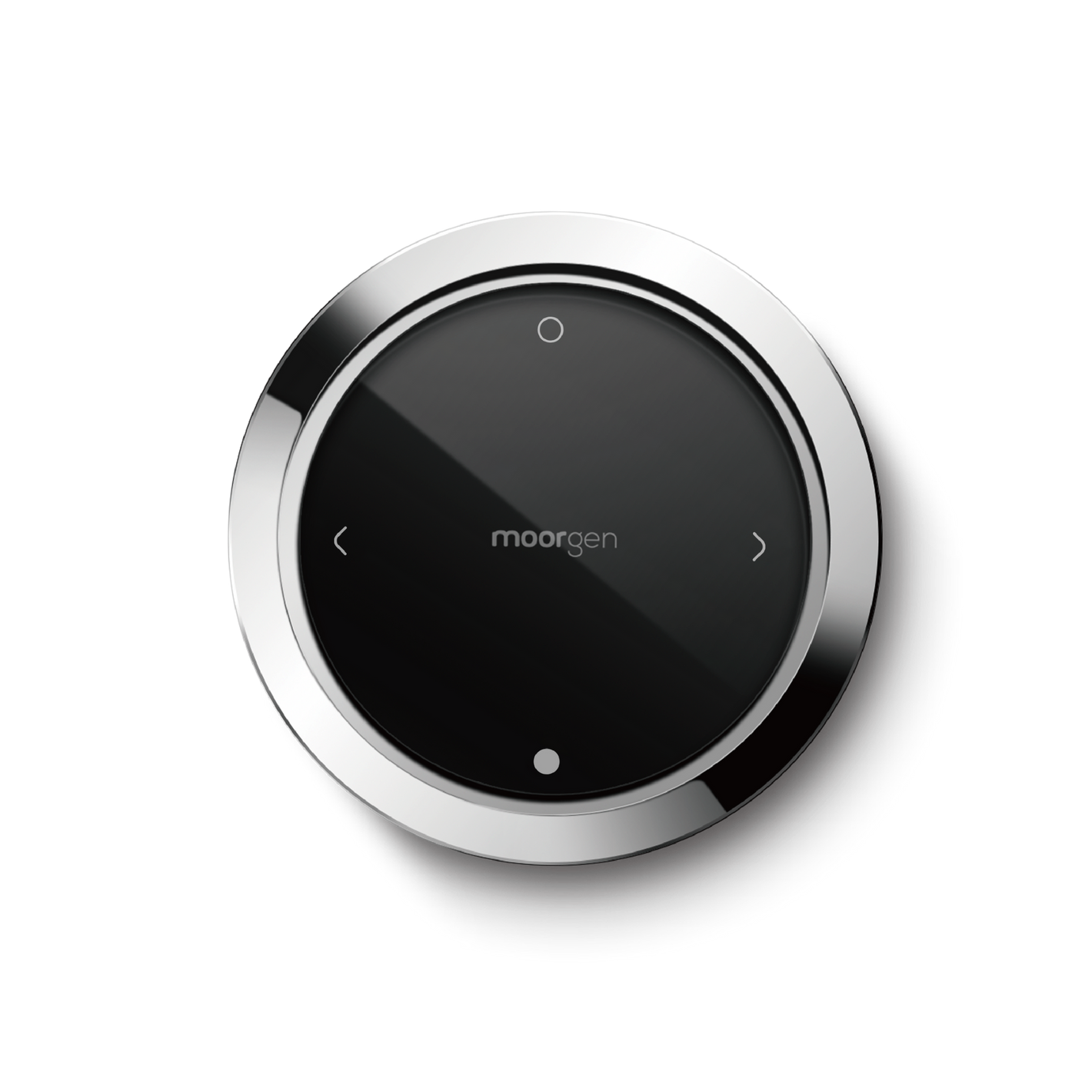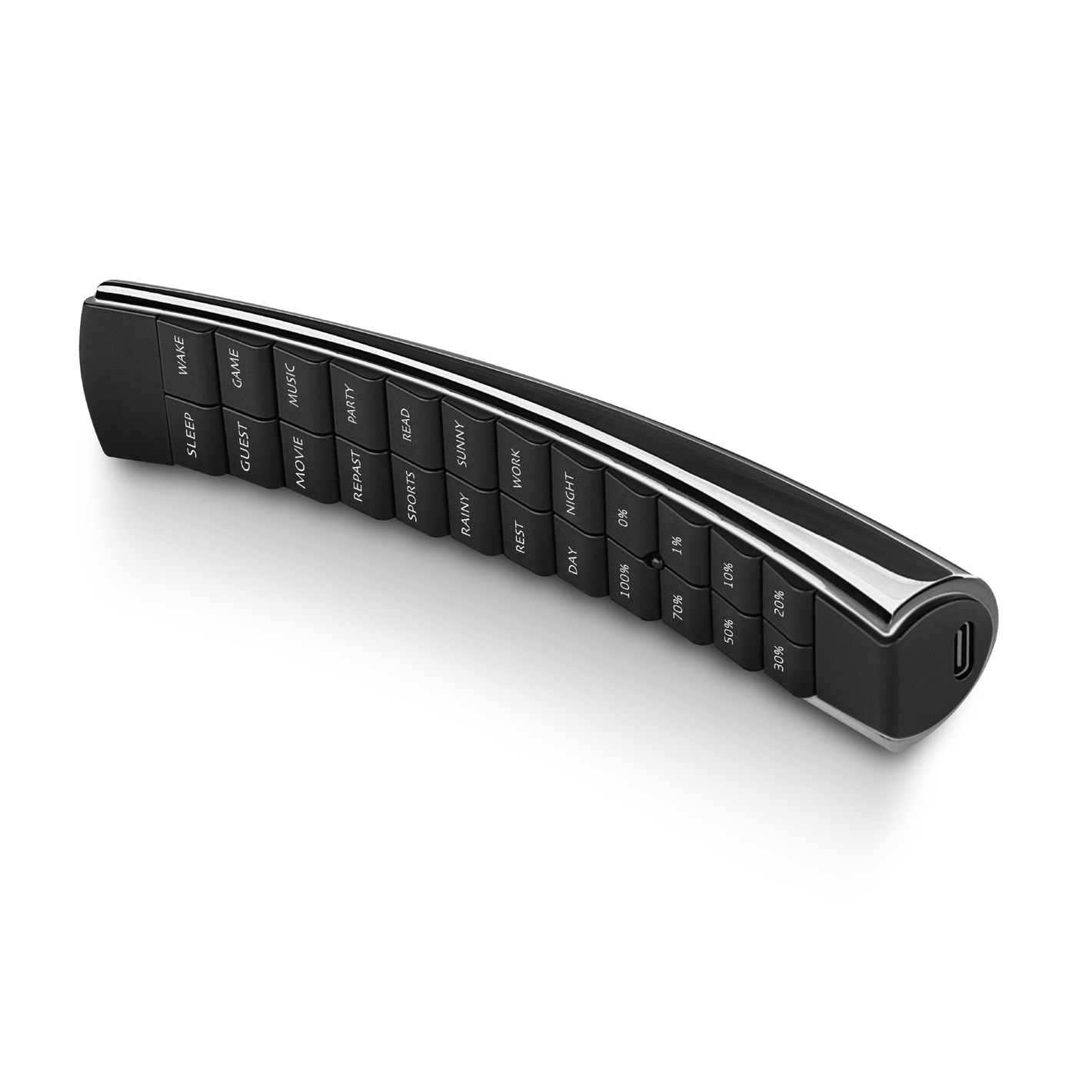【Smart Home】2024 Beginner's Guide: Understanding Smart Homes in a Single Read!
As we step into the new year, many people are exploring feng shui and even delving into the realm of "nine-grid mysticism" to elevate their luck. If you're planning a move or considering redecorating your home to align with feng shui principles, it's a fantastic opportunity to create a smart home! This Moorgenzine article presents an in-depth overview of smart homes in a digestible format.
Key highlights of the article:
- What is a Smart Home?
- What is a Smart Home System?
- What is a Smart Home Platform? Any Difference Between Smartphone Apps of Smart Brands and Smart Platforms?
- What Devices Can Smart Home Systems Control and How?
- Price Differences Among Smart Home Brands - What Sets Them Apart?
- Integrating Smart Devices into a Smart Home System
- Personalized Settings in Smart Homes
- DIY Smart Homes vs. Custom Smart Homes
- Why Gateway or Bridge is Needed? What is Zigbee?
- Why Different Communication Protocols in Smart Homes? Can't Gateways be Eliminated?
- How to Experience Smart Homes Without Complexity - Entry-Level Methods
What is a Smart Home?
A smart home falls under the realm of the Internet of Things (IoT). It operates through networks, allowing control of smart devices and appliances within your home through various means such as mobile apps, tablet apps, smart panels, or voice commands. Smart homes come in various forms, including lighting, curtains, air conditioning, audio-visual equipment, security systems, and more, giving you the ability to control devices and appliances from anywhere.
What is a Smart Home System?
A smart home system serves as a crucial bridge that integrates and connects all smart devices and appliances. Each system comes with its own app or smart panel, enabling centralized control of the entire home. Entry-level smart home systems like LifeSmart and Aqara can integrate with major tech company platforms like Apple HomeKit, Amazon Alexa, and Google Home. Advanced systems like Moorgen, Control4, Crestron, and Lutron offer higher compatibility and more personalized settings.
For DIY smart home systems, users typically use mobile apps to control devices. Advanced users may opt for comprehensive systems like Moorgen, elevating automation to the extreme.
What is a Smart Home Platform? Any Difference Between Smartphone Apps of Smart Brands and Smart Platforms?
Platforms like Apple HomeKit, Amazon Alexa, and Google Home are categorized as smart home platforms. These platforms don't release hardware but provide a unified control interface, eliminating the need to download different apps for various smart home brands. They support products from different brands, allowing users to choose diverse devices while maintaining unified control.
In Hong Kong, the most popular smart home platforms are Apple HomeKit and Google Home.
What Devices Can Smart Home Systems Control and How?
Smart home systems can control devices such as lighting, curtains, air conditioning, audio-visual equipment (TV, speakers), doorbells, networks, security systems, and more. Control methods include using mobile/tablet apps, smart panels, voice commands, motion sensors, light sensors, and more.
Price Differences Among Smart Home Brands - What Sets Them Apart?
Price differences among smart home brands stem from factors like brand reputation, product quality, user reviews, and compatibility. Entry-level brands like LifeSmart and Aqara offer budget-friendly options, making smart homes accessible to beginners. While they cover basic functions, their compatibility and durability may be relatively lower.
On the other hand, premium brands like Moorgen, with Swarovski as a global partner, prioritize high-quality materials, ensuring superior product quality, durability, and compatibility. Although the price is higher, these advanced brands excel in personalized settings. For example, Moorgen allows users to control various aspects of their entertainment system with a single button press.
Integrating Smart Devices into a Smart Home System
Some entry-level brands lack open APIs, limiting integration with other systems. This means users are constrained to a single brand for a fully integrated experience. In contrast, one-stop custom smart homes offer seamless integration, even accommodating new devices without the need for separate apps.
Personalized Settings in Smart Homes
Advanced smart home brands offer intricate personalized settings, tailored to user preferences and requirements. These settings enhance flexibility in scene modes and automation, catering to users with higher expectations for smart home experiences.
DIY Smart Homes vs. Custom Smart Homes
For users looking to DIY their smart homes, entry-level brands are suitable due to their simple installation. However, it's recommended to consult a qualified electrician for any power or wiring issues. On the other hand, custom smart homes involve high-tech systems, and complex programming, and often require professional installation. Brands like Moorgen may even include free installation services.
Custom smart homes connect with renowned appliances and smart devices. To save costs while enjoying a premium experience, users can consider using an advanced smart home system and host but opt for entry-level devices around the system.
Why Gateway or Bridge is Needed? What is Zigbee?
Certain smart home products require a specific brand's gateway or bridge to function, while others do not. This is because smart home products use different communication protocols, including Wi-Fi, Bluetooth, Zigbee, and Z-Wave. Zigbee and Z-Wave, for instance, require a gateway to connect all smart home products to Wi-Fi, enabling remote control via apps or other smart controllers.
When purchasing smart products, users should check whether the product requires an additional gateway or bridge.
If you would like to learn about the difference between Zigbee and Wi-Fi, you may refer Zigbee and the Difference with Wi-Fi in Smart Homes
Why Different Communication Protocols in Smart Homes? Can't Gateways be Eliminated?
Different communication protocols have their advantages and disadvantages. For example, Wi-Fi is susceptible to interference, especially in households with various connected devices. Zigbee and Z-Wave help overcome network instability issues, and Zigbee's mesh network ensures connectivity in every corner of the home. Gateways or bridges play a valuable role in converting different protocol signals into a unified Wi-Fi signal, enhancing the smart home experience.
If you would like to learn about gateway and bridge, you may refer What are the standards of smart home products? What are the functions of Gateway and Bridge in smart homes?
How to Experience Smart Homes Without Complexity - Entry-Level Methods
For those wanting to experience smart homes without significant investment, consider the following entry-level products:
-
Smart Plugs
Easy to install, these allow control over plugged-in devices using a mobile app.
-
Smart Bulbs:
Transform limited spaces with different lighting options controlled via a mobile app.
-
Smart Door Locks:
Essential for beginners, offering password and anti-theft functions.
If you would like to learn about smart door locks, you may refer Which Smart Door Lock is the Best? Fingerprint, Finger Vein Recognition, Face Recognition or Virtual Passcode?
-
Universal Smart Remote Controller:
Simplifies control by turning your phone into a bridge for all infrared devices.
If you would like to learn about smart remote controller, you may refer Smart Remote Controller: Control All Infrared Smart Appliances Throughout Your Home
These four options are ideal for beginners. After experiencing these, users can explore more advanced smart home products such as smart light switches, sensors, or even opt for custom smart homes.
After reading this Moorgenzine article, you should have a deeper understanding of how to start with smart homes. If you have any questions about smart homes, feel free to contact Moorgen. Additionally, if you want to experience the life-enhancing benefits of smart door locks in person, visit Moorgen's showroom in North Point, Hong Kong, to experience Real Smart Home.
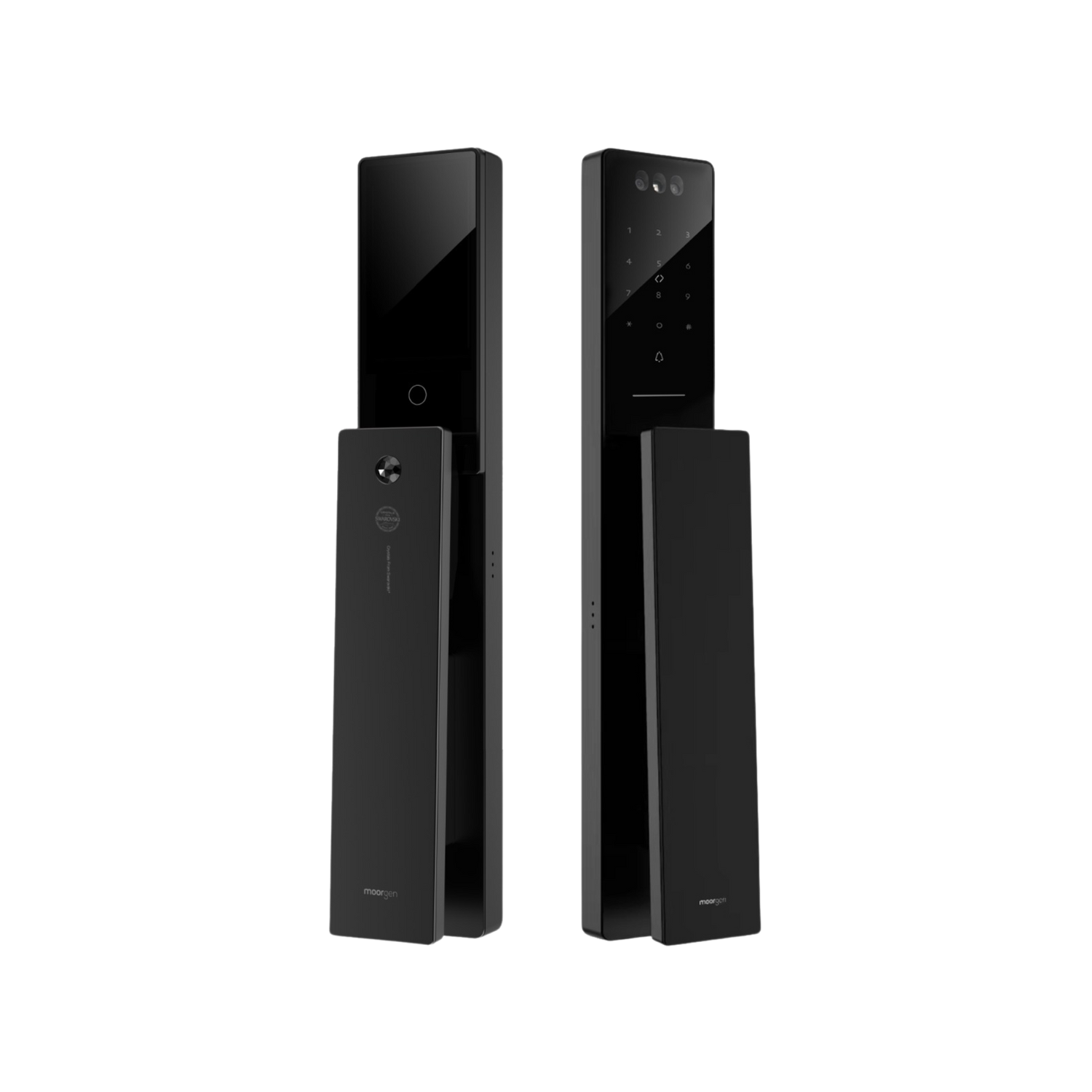

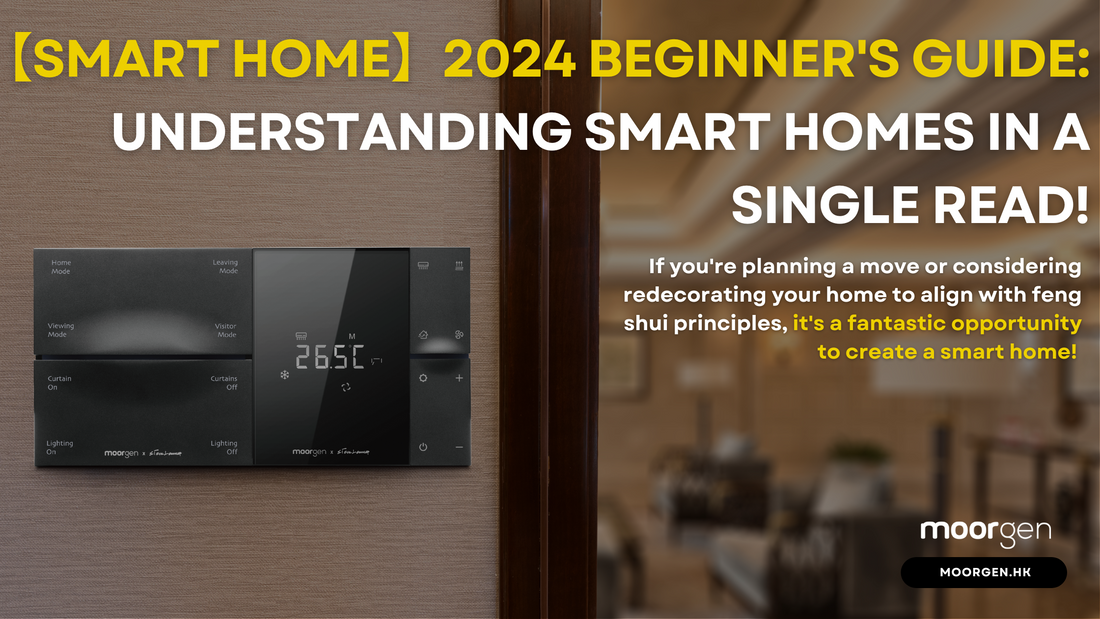
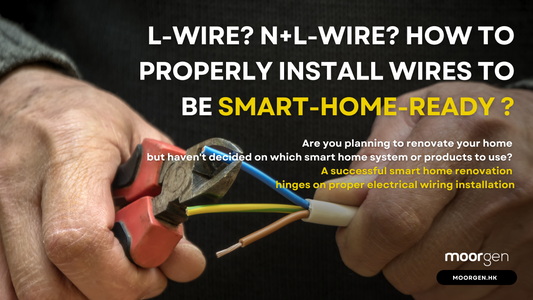

![[Smart Living] How to Choose a Smart Power Strip? Swift Transform Your Home into a Smart Home!](http://moorgen.hk/cdn/shop/articles/blog_cover_moorgen_how_to_choose_smart_power_strip.png?v=1728137093&width=533)
![[Smart Living] How to Choose LED Bulbs? Which Ones Are the Most Energy-Efficient?](http://moorgen.hk/cdn/shop/articles/blog_cover_moorgen_how_to_choose_led_bulbs.png?v=1728136975&width=533)
![[Smart Living] How to Choose an Instant Hot Water Dispenser and Use It Efficiently?](http://moorgen.hk/cdn/shop/articles/blog_cover_moorgen_how_to_choose_instant_hot_water_dispenser.png?v=1728136837&width=533)
![[Smart Living] 5 Energy-Saving Tips for Electric Kettles](http://moorgen.hk/cdn/shop/articles/blog_cover_moorgen_energy_saving_tips_electric_kettles.png?v=1728136710&width=533)
